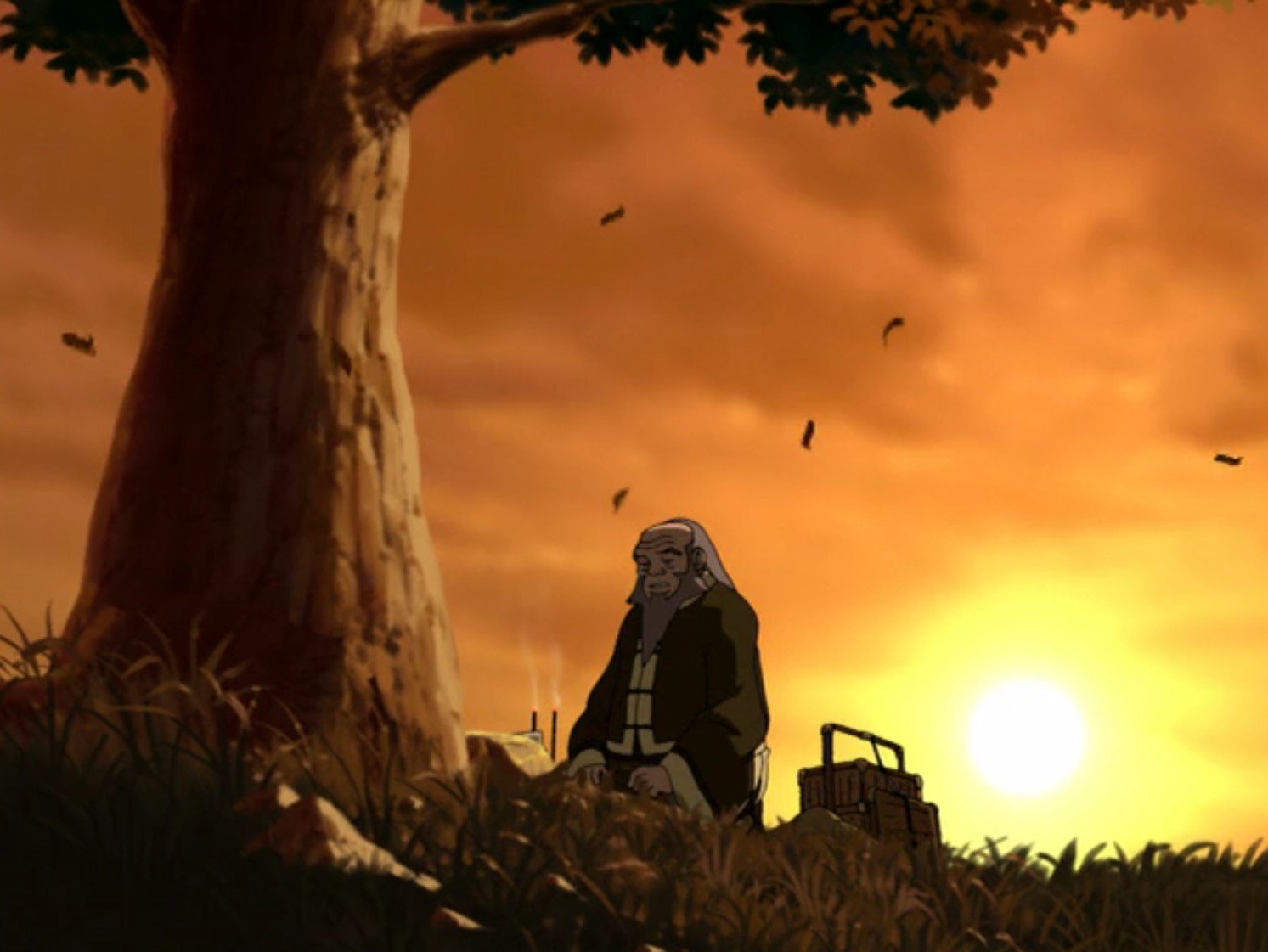Table of Contents Show
Avatar: The Last Airbender is a Nickelodeon children’s show that has stolen the hearts of many, as well as a resurgence of interest since Netflix bought the rights to stream it in May. The series takes place in a Pan-Asian setting, it consists of influences from Eastern spirituality is a major player, Tibetian Buddhism being one (of several) of the show’s biggest inspirations.
This children’s television show not only depicted Asian cultures in a positive, unfetishized light, but it also made a number of poignant political comments that are unusually powerful for a program that originally ran on Nickelodeon in 2006. Borderlands, xenophobia, and exploitation are a particularly strong focus in the second season of Avatar: The Last Airbender.
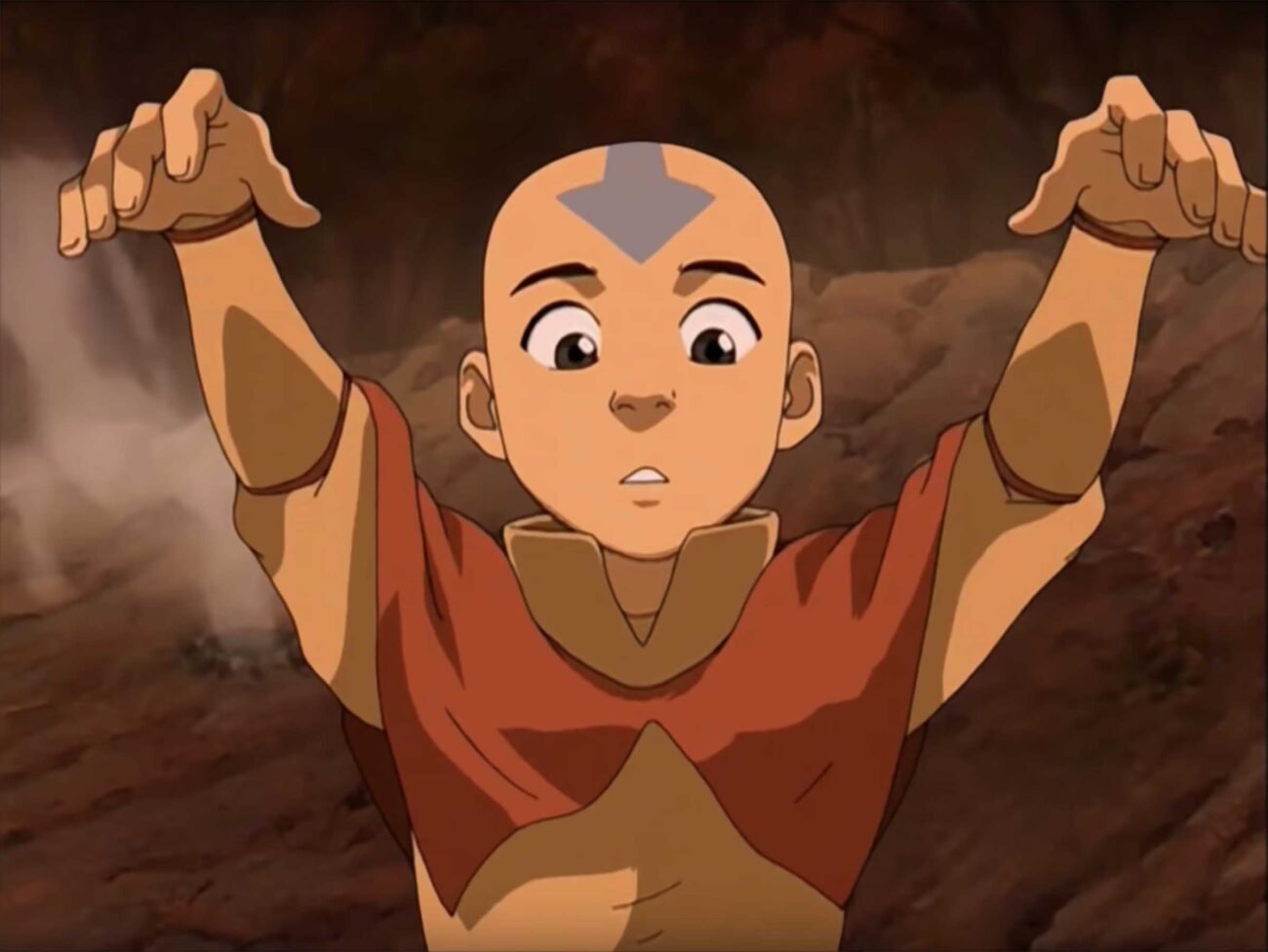
Credit: Nickelodeon
2005-2008
Avatar Aang and his friends make a tumultuous journey to the city of Ba Sing Se — a commentary around immigration and borderland that is prevalent within and outside the mysterious capital of the Earth’s Kingdom.
Borders, Walls, + Immigration In Ba Sing Se
Ba Sing Se is known as “The Impenetrable City” in Avatar: The Last Airbender. It sported an enormous wall that made it one of the only cities in the Earth Kingdom to be completely immune to the Fire Nation’s imperial power. But incredibly strong defenses have made it difficult for immigrants and refugees to enter the city, especially if they don’t have passports or registration.
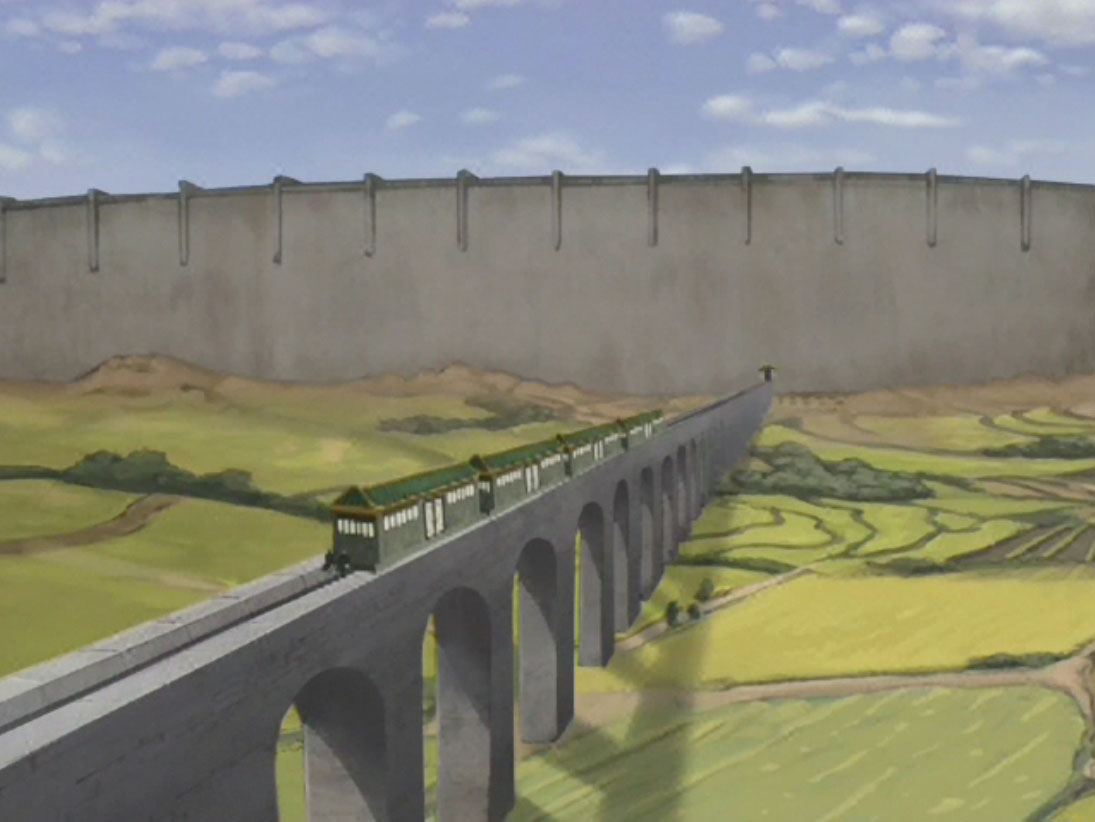
Credit: Nickelodeon
2005-2008
The customs area that takes in refugees initially rejected Aang’s travel to Ba Sing Se because he didn’t have a passport. only when Toph reveals her identity as a member of the Beifong family does the woman running customs give the group tickets. The blatant privilege that Toph can assert simply from providing a shiny document that expresses her wealth and status makes this a perfect example of inequity at the borderlands. An experience that befalls many at the borderlands of our modern world. Those who cannot provide proper documentation may be forbidden from passing on to safety in Ba Sing Se.
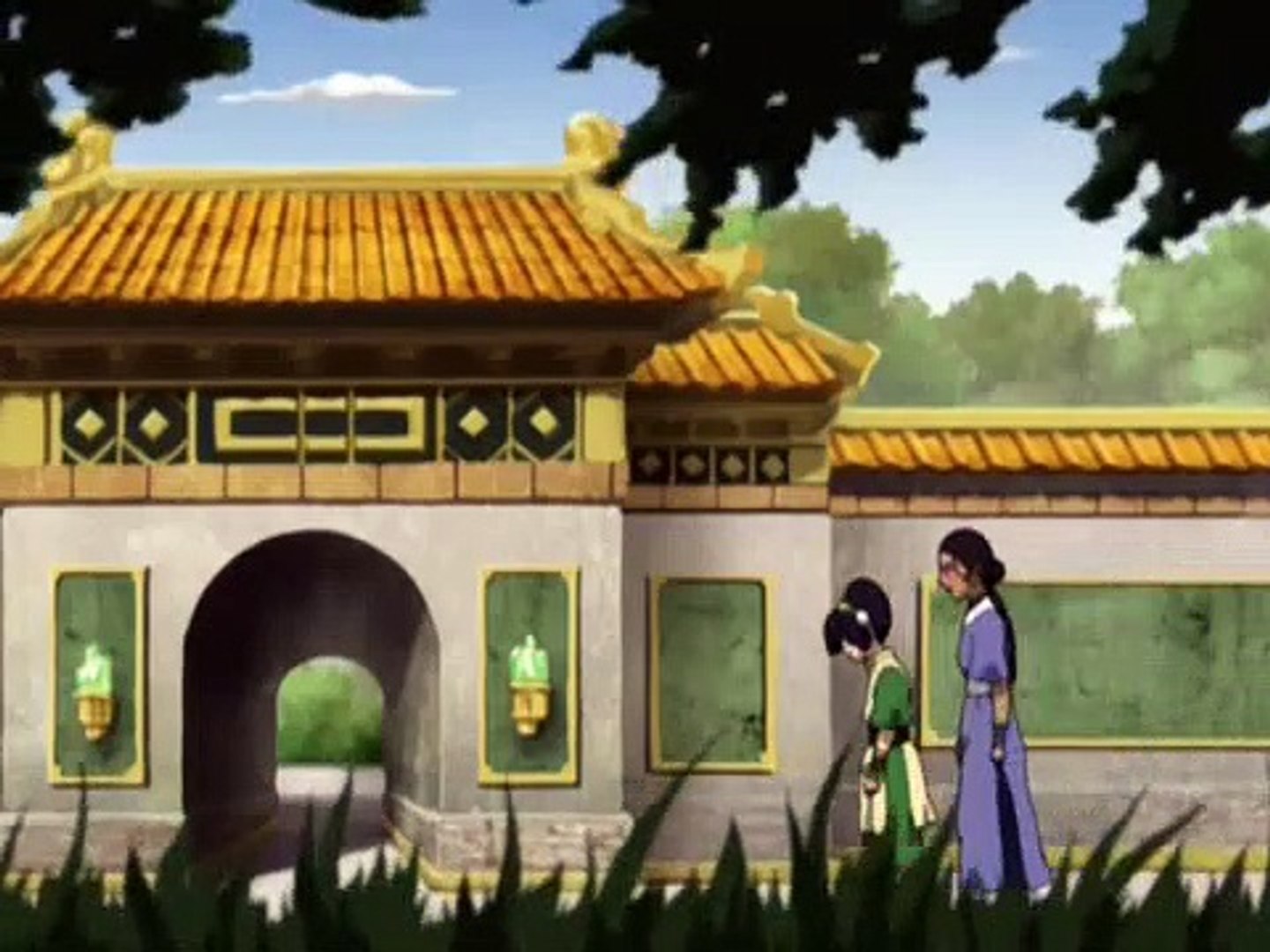
Credit: Nickelodeon
2005-2008
This misfortune befalls a family, including a pregnant woman, who is stolen before they have a chance to obtain tickets to Ba Sing Se. Aang refuses to leave them at the immigration station and, instead, the gang embarks on a dangerous alternative route to Ba Sing Se, known as the Serpent’s Pass. The route was watched over by Fire Nation’s ships, which nearly bombed the gang on multiple occasions as they tried to pass through.
This is not unlike modern-day U.S. borders, which are notoriously unjust to those caught by the authorities. However, Fire Nation’s border patrol at Serpent’s Pass does not appear to have concentration camps for captured refugees. The gang makes it across the Serpent’s Pass but it is heavily suggested that most who attempt to cross are not nearly as lucky. This depiction of heavily militarized borderlands is just as much, if not more, poignant while viewing Avatar: the Last Airbender in 2020 as it was in the early 2000s.
Appa’s Lost Days: Addressing Loss, Displacement, + Exploitation
Appa’s Lost Days is arguably one of the darkest episodes in Avatar: The Last Airbender. When Appa is kidnapped and separated from the Aang, he is sold, abused, and exploited by humans over and over again. He eventually runs away and hides in a cave for a long period of time; he becomes apathetic and gives up searching for Aang. Exploitation and abuse are something poached animals suffer frequently but it’s also an obscenely relevant human issue in a modern context. Oftentimes refugees are subject to exploitation, kidnapping, and murder because they are seen as “others’ in the eyes of those with more power.
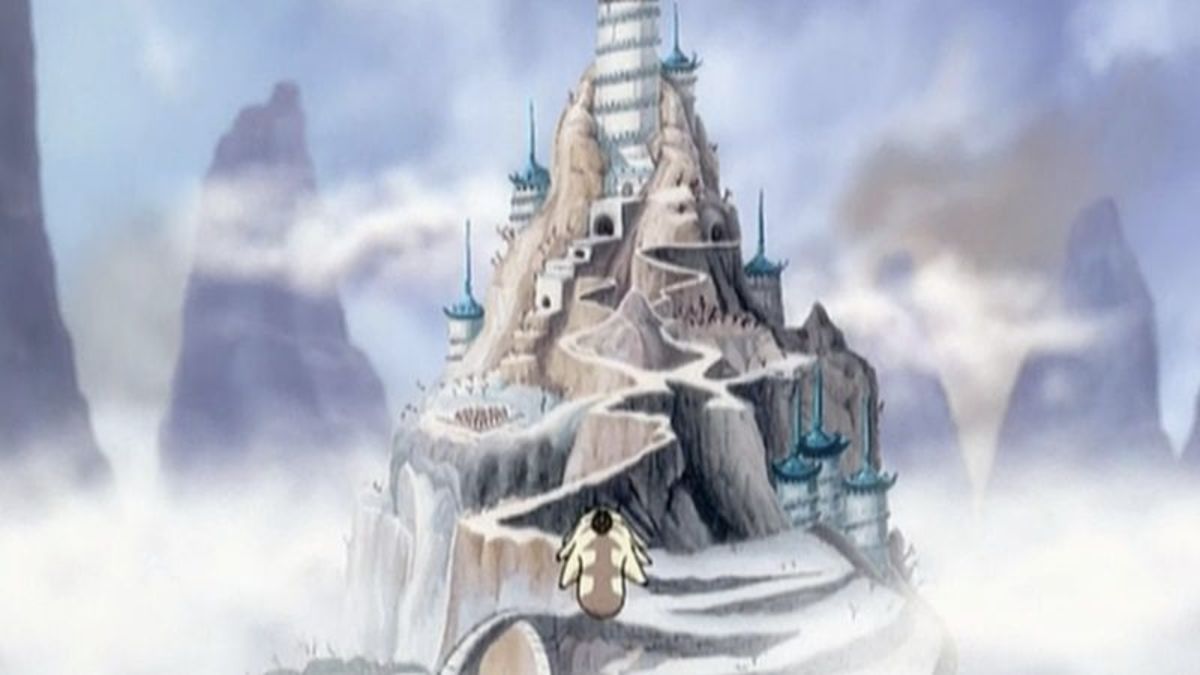
Keeping in mind that Nickelodeon was producing a show for children, it may have been an intentional move to mask the inhumanities that refugees and immigrants face through Appa’s kidnapping. Had Appa been swapped for a human character, the episode probably would not have been approved by the network. His return to his homeland is especially notable because he was displaced by the genocide of the Air Nomads by Fire Nation imperial power.
The Air Nomads and their culture are heavily based on Tibetan Buddhism. During the Cultural Revolution in China, many Tibetan Buddhists were attacked and frequently executed because they were believed to be traitors of the Chinese Communist Party and this was because they refused to be forced out of observing their religious beliefs and customs.
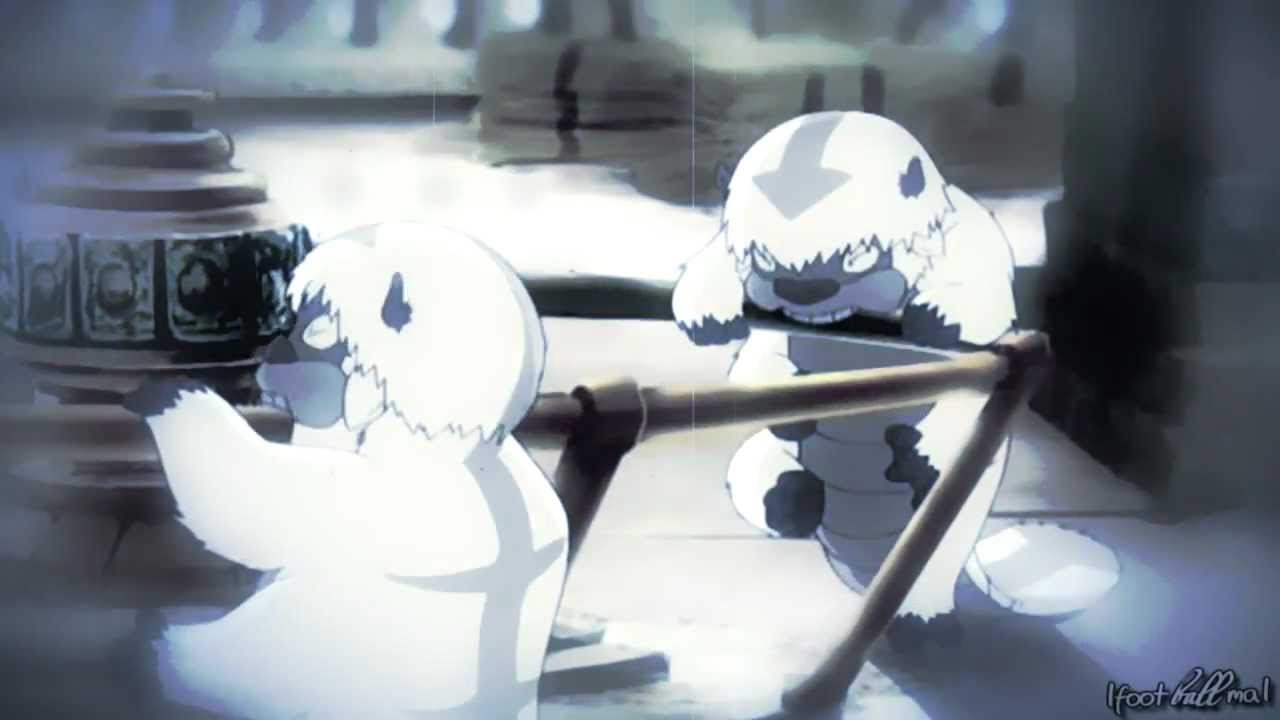
Their monasteries were ransacked and destroyed as a result. The Dalai Llama, like Aang and Appa, escaped this violence. The experience of violent displacement depicted throughout Appa’s traumatic mourning of the loss of his homeland as a refugee is incredibly poignant and realistic. The young audience is able to palate and understand Appa’s suffering, empathizing with him deeply throughout his traumatic experience.
Stricken by grief and trauma, he returns to the Southern Air Temple where he was born and first met Aang. However, the temple is completely in shambles as it was ransacked a century ago when Aang disappeared. Viewers watch him grieve the life he’s lost and Guru Patik helps heal through it, as well as guiding him back to Aang.
“We Are All One People But We Live As If We Are Separate”
Guru Patik says this to Aang later on in the season when he teaches him how to realign his chakra system in order to be able to achieve the avatar state. It echoes much of the commentary the show has made about borderlands throughout Book Two: Earth. He shows him an energetic map and remarks that the land they live on belongs to mankind, not just each individual nation.
Avatar: The Last Airbender is officially on Netflix once more as of May 15th, 2020. Netflix is also planning a live-action adaptation of the show to rival M. Night Shyamalan’s (( IMDb )) 2010 attempt that was met with extremely negative reviews.
